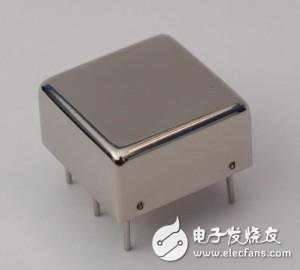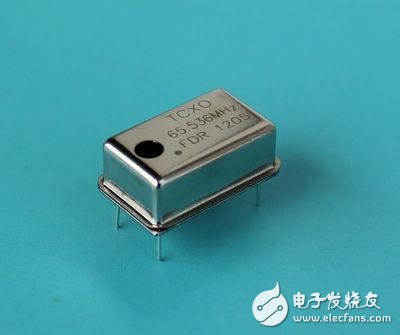Both the constant temperature crystal oscillator (OCXO) and the temperature-compensated crystal oscillator (TCXO) are types of active crystal oscillators. They both require an external power supply to function, and their primary purpose is to generate a stable frequency output. While they share similarities, there are key differences in how they achieve frequency stability under varying temperatures.
Definition
The constant temperature crystal oscillator, commonly known as OCXO (Oven Controlled Crystal Oscillator), maintains the quartz crystal at a constant temperature using an internal oven or heating system. This ensures that the frequency output remains stable regardless of ambient temperature changes. The OCXO consists of a temperature control circuit and an oscillator circuit. A common method for temperature regulation involves using a thermistor in a bridge configuration with a differential amplifier to maintain the desired temperature.
The temperature-compensated crystal oscillator, or TCXO, uses an additional compensation circuit to counteract frequency drift caused by temperature variations. Unlike OCXOs, TCXOs do not heat the crystal itself but instead adjust the circuitry based on temperature readings to maintain frequency accuracy.
The term "temperature-compensated crystal oscillator" comes from the idea of reversing the natural frequency-temperature relationship of the piezoelectric quartz crystal. Normally, the frequency of a quartz crystal changes in a cubic curve with temperature, but the TCXO's peripheral circuit compensates for this effect, keeping the frequency as stable as possible.

Constant Temperature Crystal Oscillator

Temperature-Compensated Crystal Oscillator
Working Principle
OCXOs work by maintaining the crystal at a fixed temperature, typically above the ambient temperature, which minimizes the impact of environmental fluctuations on the frequency. This makes them highly accurate and ideal for applications requiring high stability over time.
On the other hand, TCXOs use a feedback mechanism to adjust the frequency in response to temperature changes. They incorporate a temperature sensor and a compensation network that alters the circuit parameters to counteract frequency drift. This approach is more power-efficient than OCXOs but generally less accurate.
Measurement Accuracy
OCXOs typically offer much higher accuracy compared to TCXOs. For example, while a TCXO may have a frequency stability of around ±10 ppm (parts per million), an OCXO can achieve stability as low as ±0.01 ppm or even better. This makes OCXOs suitable for high-end measurement equipment such as signal generators, network analyzers, and precision frequency meters.
However, OCXOs require a warm-up period to reach full stability. Even with advanced heating elements, it may take several minutes to stabilize, especially when aiming for very high accuracy levels. In contrast, TCXOs start up almost instantly, making them more suitable for applications where immediate performance is critical, such as in military or portable devices.
Despite these differences, both OCXOs and TCXOs serve the same fundamental purpose: to provide a stable reference frequency for electronic systems. Whether you choose one over the other depends on your application’s specific requirements for accuracy, power consumption, and startup time.
Customer Diy Sound Modules, Programmable Sound Chip, Sound Module with Customer Sound
AST Industry Co.,LTD , https://www.astsoundchip.com